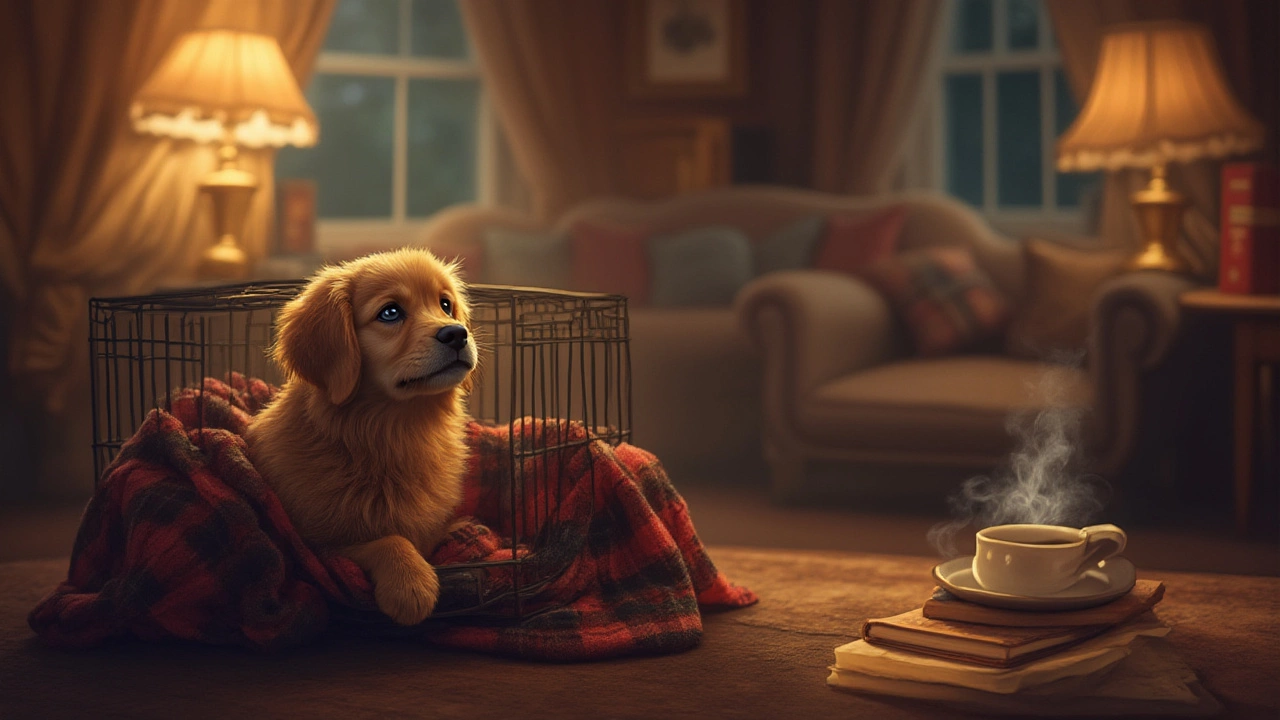Crate Cover Guide: What It Is and Why You Need One
If you’ve ever wondered whether a crate cover is worth the extra cost, you’re not alone. A simple piece of fabric or plastic can turn a noisy, open crate into a cozy, calm den for your dog. Most owners notice that a covered crate reduces anxiety, blocks distracting sights, and makes travel less stressful. In this guide we’ll break down the main benefits, the types you can buy, and easy steps to pick the right cover for your pup.
Top Benefits of Using a Crate Cover
First off, a cover gives your dog a sense of security. Dogs are den animals – they feel safer when they can’t see everything around them. A covered crate mimics a den’s darkness, which helps calm nervous puppies and older dogs alike.
Second, it cuts down on visual stimulation. If your crate sits by a busy window or near the TV, a cover will block those distractions and help your dog settle faster. This is especially useful when you’re trying to crate‑train or when your pet needs a nap while you work from home.
Third, a cover can help with temperature control. A breathable fabric cover keeps heat out on a hot day and adds a layer of insulation when it’s chilly. Just make sure the material lets air flow so your dog doesn’t get too warm.
Types of Crate Covers and How to Choose
There are three main styles you’ll see on the market:
Fabric covers – usually made from cotton or polyester. They’re soft, easy to wash, and work well for indoor crates. Look for a cover with zippered openings so you can quickly let fresh air in.
Plastic or mesh covers – these are sturdier and great for travel. Mesh lets air circulate, while a clear plastic panel lets you peek in without opening the crate. Choose this if you need a cover that won’t rip during flights or road trips.
Customisable covers – some brands let you trim the cover to fit any crate size. If you have an unusual crate shape, a custom fit prevents gaps that can let light in.
When picking a cover, measure your crate’s height, width, and depth. Add a couple of inches so the cover hangs over the top without pulling tight. Also, consider how often you’ll clean it – a machine‑washable fabric is a huge time saver.
One tip from experienced owners: match the cover’s color to your home décor. A neutral tone blends in and makes the crate feel like a natural part of the room, rather than an eyesore.
If you’re still not sure, think about the specific problem you want to solve. Want a quieter crate for travel? Go with a mesh or plastic cover that locks in a bit of privacy but still lets air flow. Need a calm sleeping spot at home? A soft, breathable fabric works best.
Remember, a crate cover is just one tool in your overall crate‑training plan. Pair it with a comfy blanket (like the ones we discuss in our post "Should I Put a Blanket in My Dog's Crate?") and a consistent routine, and you’ll see faster progress.
In short, a crate cover can make life easier for both you and your dog. It lowers stress, blocks distractions, and can even help with temperature control. Choose the right material, get the right size, and you’ll have a simple, cheap upgrade that pays off every day.
- Morgan Ainsworth
- 0 Comments
Should I Cover My Puppy’s Crate at Night? Safe and Comfortable Solutions Explained
Thinking about covering your puppy’s crate at night? Discover the real benefits, possible risks, and simple tips to help your pup sleep better and feel secure.
View More
